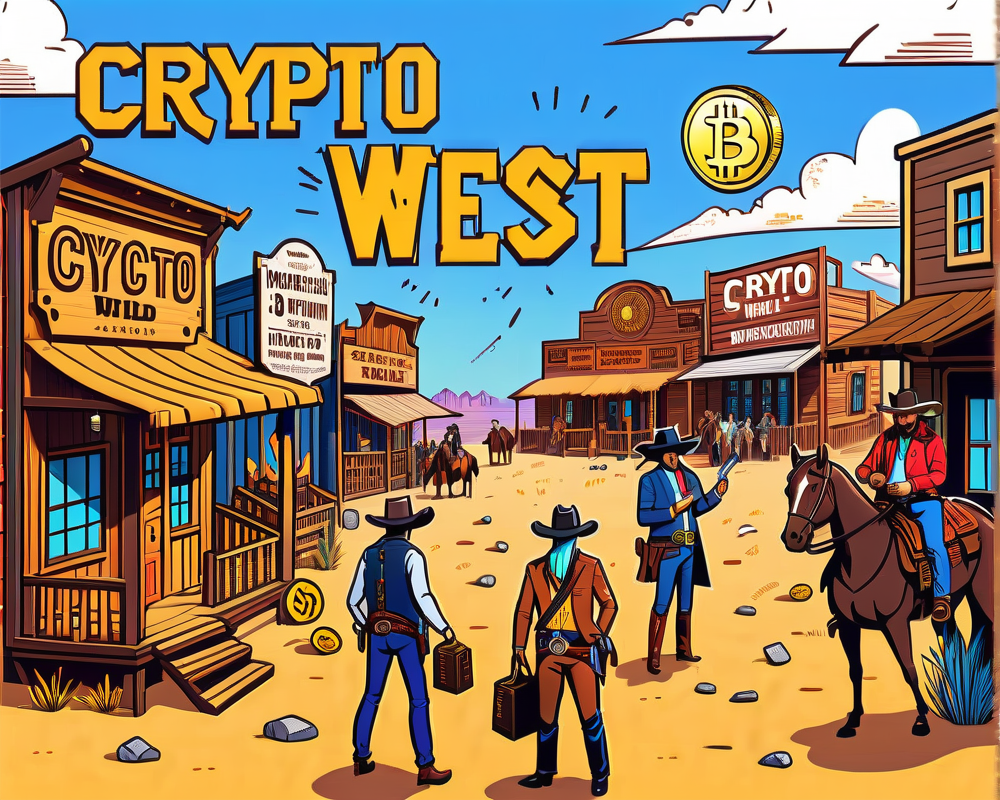The Rollercoaster Journey of Peercoin
Peercoin, also known as PPC, is often regarded as the third major player in the cryptocurrency arena after giants Bitcoin and Litecoin. It’s akin to that friend who’s up one week and down the next, sometimes soaring as high as $7 a coin, only to take a nosedive to $0.40 or below. Yet, in true comeback fashion, Peercoin has managed to bounce back time and time again.
A Brief History of Price Fluctuations
Let’s jump back to April 2014, when Peercoin made its debut on exchanges, boasting an initial price range of $0.38 to $0.42. Throughout 2013, things were a bit rocky for PPC. Many enthusiasts, perhaps a little too eager to lighten their wallets, unloaded their coins during the summer and fall for as low as $0.12 to $0.16.
Then came November—a month that shone brightly for Peercoin investors. On November 30th, PPC reached a peak of $7.30, translating to a total market cap of around $153 million! Those early adopters who got in before the launch had good reason to celebrate, as their investment could yield as much as $70,000 for just one Bitcoin. Unfortunately, like a poorly timed punchline, 2014 brought a steady decline, and by January 2015, Peercoin was back down to $0.42.
Peercoin Price Trends—Are We There Yet?
The year 2015 saw Peercoin linger around a cozy $0.40, with a few exciting jumps now and then, like that time in July when it peaked at $0.76. Users were left cautiously optimistic, hopeful that 2016 would break records and take Peercoin to new heights.
Why Peercoin Caught Everyone’s Attention
The initial allure of Peercoin stemmed from its innovative technological foundation—the Proof of Stake (PoS) system. Unlike the often frenetic mining of Bitcoin, Peercoin’s mining rewards flow smoothly like a good podcast, gradually decreasing over time with no dramatic spikes. Who wouldn’t prefer to earn simply by holding onto their coins?
- Energy Efficient: Peercoin is 100 times more energy-efficient compared to Bitcoin.
- Faster Transactions: Transactions are quicker and cheaper, appealing to users who despise waiting.
- A Unique Mining Experience: The PoS allows users to generate coins without engaging in the chaos of traditional mining.
Despite its handsome features, Peercoin struggled in the face of fierce competition from other cryptocurrencies innovating at breakneck speed. Anonymity became a must-have, and rivals like DASH filled that gap, while the speed and low-cost transactions of Dogecoin further displaced Peercoin’s spotlight.
Peercoin’s Outlook for 2016 and Beyond
As we step into 2016, all eyes are on the Peercoin developers, particularly Sunny King, who seems to have made it a weekly routine to update the program code and unveil new technological advancements. The interest among miners hasn’t cooled off either. With these developments, we are cautiously optimistic that Peercoin may not only rise from its base of $0.42 but also sprint toward new financial heights in the near future.
In the ever-changing crypto landscape, who knows what’s next for Peercoin? One thing’s for sure: it’s not dead yet, and the ride might just be getting started.




